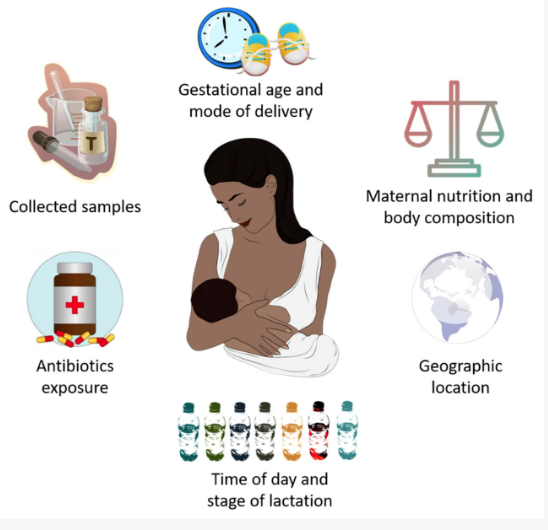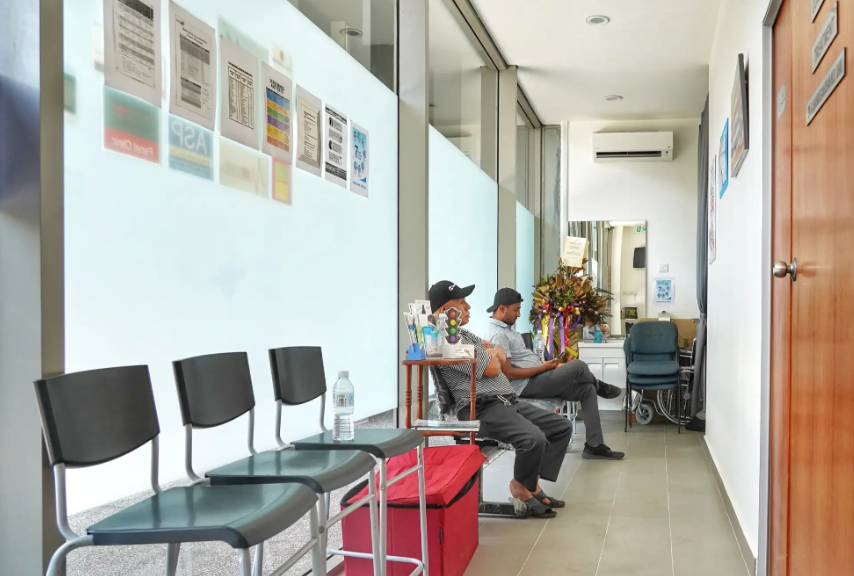A disproportionately higher number of patients with Alzheimer’s disease (AD) who are male, white, live in urban areas, and are upper socioeconomic levels have been taken up with the new infusion drug lecanemab, new research suggests.
Some people are more likely than others to be among those who get access to potentially life-changing treatments, new research suggests, in the peer-reviewed journal JAMA Network Open.
Lecanemab became the first disease modifying medication for Alzheimer’s (AD) to become widely accepted by Medicare in July 2023. The drug is still controversial in its use and safety due to: – a high incidence of severe adverse events such as brain bleeding – a lack of evidence that lecanemab can prevent cognitive decline As a matter of policy, it cost $26, 000 a year and an estimated $7, 000 in ancillary expenses.
“Now this drug is costing Medicare a lot more, ” said Frank Zhou, a medical student at UCLA’s David Geffen School of Medicine, who headed the study. “This drug is causing more expensive Medicare bills for everybody and only being prescribed to a select few. “These findings should be a wake-up call for policymakers that there are still stark differences in uptake even after the drug maker has rolled out patient support programs to encourage more people to seek the therapy. We need to think harder about how to ensure fair access to all patients who would benefit from or want such treatment as we prepare for the anticipated future spread of Alzheimer’s safer and more effective medicines in this area.
In comparing lecanemab use among all Medicare fee-for-service recipients up to March 31, 2024, the researchers looked at demographics of individuals who received lecanemab between July 1, 2023, and March 31, 2024. The researchers compared lecanemab users with a general population of people who would be eligible for the drug because they were diagnosed with AD or moderate cognitive impairment (MCI). Demographic characteristics analyzed included age, gender, color and ethnicity, urban/rural status, and a proxy variable for socioeconomic position—calling this variable “higher” if a patient was not eligible for dual Medicare-Medicaid, or the Part D low-income subsidy. The lecanemab uptake rate within each demographic group was calculated by subdividing the total number of lecanemab users by the total number of AD or MCI patients.
Lecanemab users were more likely to be white, male, of an urban area and to be in a higher socioeconomic class compared with non-users, the researchers report. Many of the 1, 725 users of lecanemab had a better socioeconomic status than non-users, 90. 5% were White, 48. 5% male and 88. 0% lived in an urban area, while only 36. 4% of 842, 192 patients with an AD or MCI diagnosis were male, 82% were White, 82. 1% lived in an urban area, and 75. 3% had a higher socioeconomic status.
White (0. 23% vs 0. 09% for Asian/Pacific Islander, 0. 04% for Black and 0. 07% for Hispanic), male (0. 27% vs 0. 19% for female), urban (0. 22% vs 0. 14% for rural areas), and higher socioeconomic status (0. 27% vs 0. 01% for lower socioeconomic status) had significantly higher lecanemab uptake rates.
The study’s limitation, the authors note, was its inability to contain data on Medicare Advantage enrollees. Also, the ability to characterize AD and MCI by diagnosis codes, which cannot differentiate between different grades of AD, take into account other eligibility criteria for drugs, or misdiagnose (or underestimate) the prevalence of Alzheimer’s diseases, said the authors.
Zhou said, “Any decision to start using lecanemab should be carefully considered with your doctor, as it’s a costly medicine with only modest clinical benefits and grave safety risks. ”Medicare ought to look at actual data from its own database of lecanemab users in light of these serious problems with the medication to see if it still makes sense to cover it. And because there are probably better things we could be doing with our limited Medicare funds, like offering caregiver care for people with dementia.
Cheryl Damberg of RAND, Jeffrey Souza and Dr. Bruce Landon of Harvard University, Dr. Utibe Essien and Dr. Catherine Sarkisian of UCLA are co-authors of the study. The large portions of the grant funding for the study was provided through awards from the National Institute on Aging at the National Institutes of Health.




